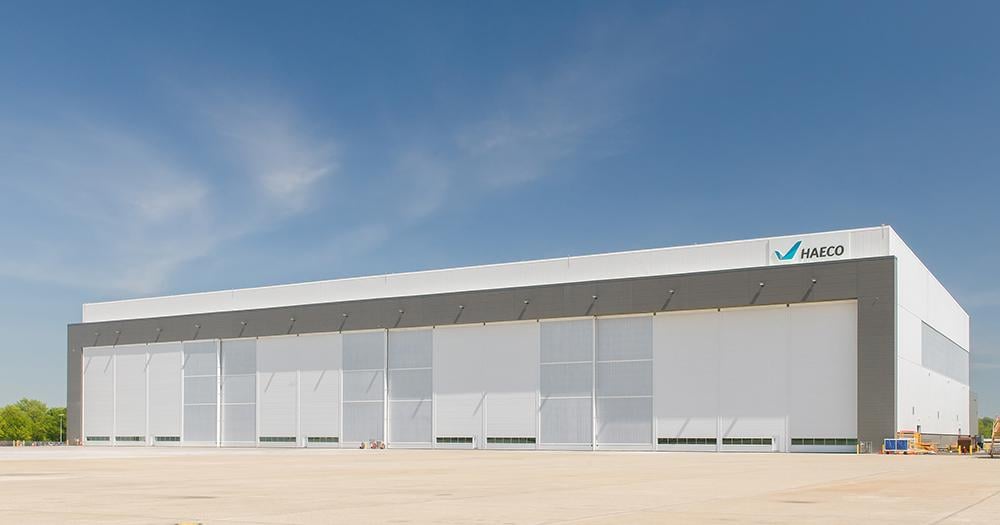
HAECO Americas is undertaking several sustainability initiatives at its facilities in Lake City, Florida and Greensboro, North Carolina to achieve greener MRO operations.
At its Lake City MRO facility, which recently reinstated aircraft painting capabilities, HAECO is investing a “significant amount of money” to reboot and redesign its wastewater treatment plant by the end of this year, according to general manager Stephen Coley. The system will recycle water, which will decrease the amount that needs to be taken off site for storage or purification.
“There are all these ancillary impacts of the fuel that it takes to do that. We’re bringing a lot more of that volume capacity in-house and what we’re producing is going to be cleaner than what we’ve done historically as well,” says Coley.
He adds that the wetlands ecology of Florida is unique and fully protected by environmental regulations, so “one of the selling points of our partnership with that region” is HAECO’s investment in ensuring that it reduces waste, emissions and harmful chemicals.

Credit: HAECO
To further reduce the potential impacts of harmful chemicals, HAECO is upgrading its fire suppression systems to newer versions that do not use per- and polyfluoroalkyl substances, which are often found in legacy systems and can have negative effects on the environment and human health. It has already upgraded the systems in Greensboro and Coley says HAECO has a few more hangars yet to go in Lake City.
Taking a cue from HAECO Hong Kong’s project to install 6,000 solar panels at its facilities in 2021, HAECO Americas is in the beginning stages of planning solar power at its facilities. It is mulling various design and energy output options, but the general plan is to install solar panels on rooftops in Greensboro and in fields surrounding the Lake City facility.

Credit: HAECO Americas
Aside from the sustainability benefits of generating solar power, HAECO Americas’ Chief Financial Officer, Todd Navin, says the systems will also have a positive effect on the company’s bottom line. “From an income statement standpoint, [when] you put these things in, they’ve got 20-25 year expected life-cycles on them. You’re getting profit and loss almost immediately because your depreciation is lower than the energy offset, so the scale solutions that we’re looking at would mean that we would, at a minimum, generate as much electricity as we’re consuming and will probably be dumping more back into the grid,” he says.
In addition to these bigger initiatives, HAECO has also installed free EV charging stations for employees’ electric vehicles in Lake City. Coley says HAECO also consistently performs smaller eco-focused actions, such as ensuring that it is using all LED lightbulbs in its facilities.
“[When] you do it around the house, you save your $5 a year, but when you look at the massive size of these hangars, that adds up to a significant decrease on the local infrastructure [costs],” says Coley.





